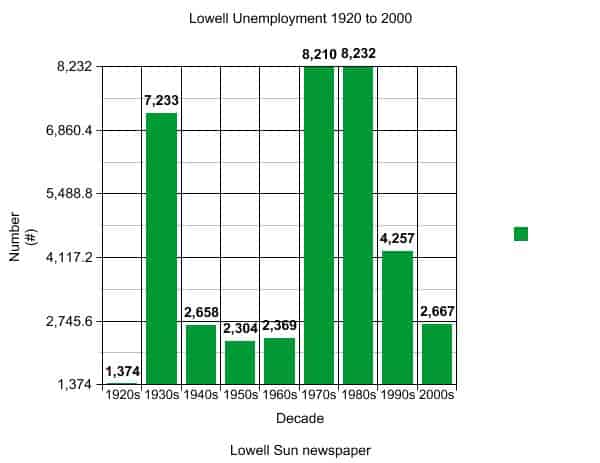The reader might have already gotten the impression that the near-poverty socioeconomic conditions, which enveloped many, if not most, immigrant family members living in Lowell’s diverse, culturally isolated, dilapidated streets, alleys plus occasional nook-and-crannies (ghettos, really), might have left the populace in a state of numbed acceptance of the world as it actually existed.
The local bards, who might have wished to whimsically outdo the classical pronouncements of Bill Shakespeare from London’s streets (circa the 1650s) announced to us, the humble working-class rabble, some harsh facts of life.
Many compatriots, however, found these truths difficult to swallow, i.e.,
“It’s a dog-eat-dog world, out there”
coupled with a mighty background chorus chanting a local favorite:
“It’s a rat race and the rats are winning.”
These were not the halcyon days of Mighty Capitalism that we had been taught universally to believe!
“Where, oh where?” could Lowell’s underprivileged laborers go seeking solace and safety in this broken world?
Times of Reflection and Rethinking
Quiet moments of reflection regarding one’s personal failures mixed with empty efforts at self-improvement through learning new skills, which might lead to better work conditions and more take-home dollars, had to be psychologically crippling for all laborers involved.
What was the bigger picture? What analysis existed to guide an employer and an employee in making the correct work-related decisions that were optimum?
A Look at the Bigger Picture

Clearly, the Depression years from 1929 to the start of 1940 proved awful for many of Lowell’s working class people.

